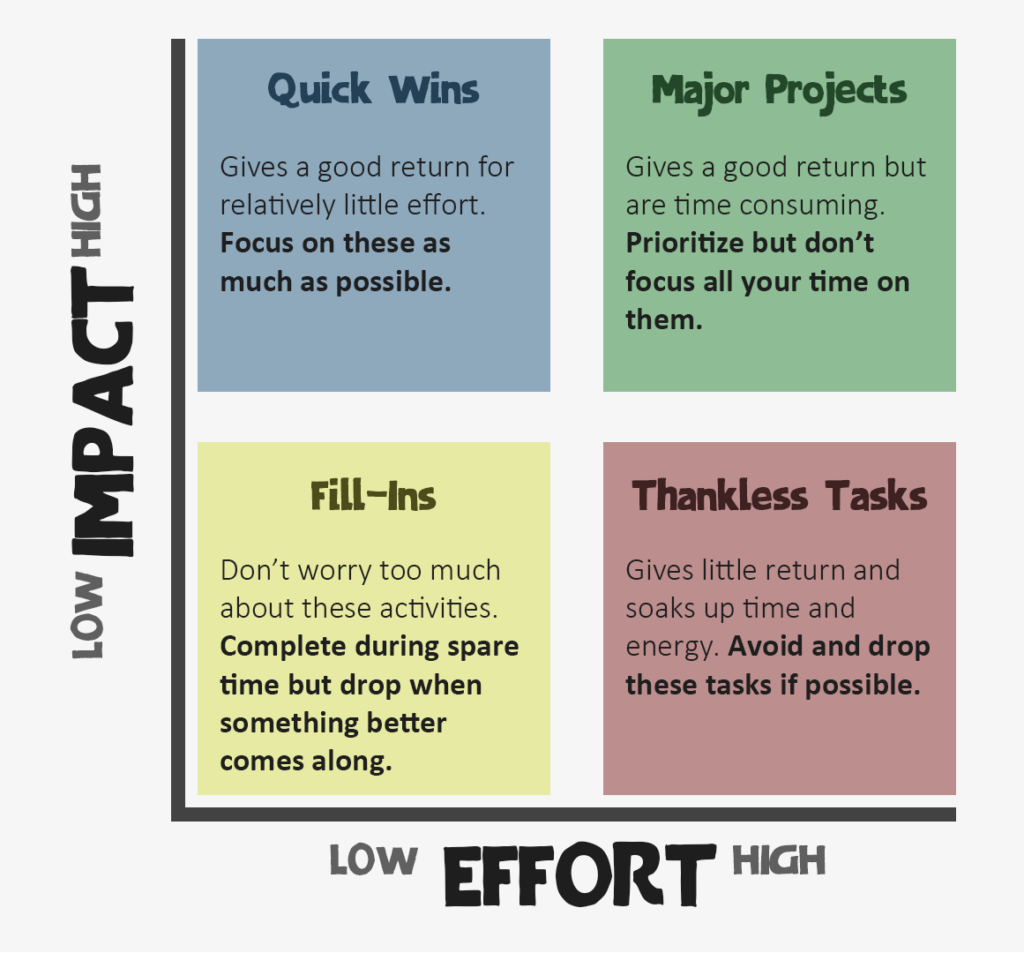Brian Langford
I was introduced to instructional design while I was pursuing my Masters degree in Adult Education and Training at the University of Phoenix. While studying educational technologies, I came across job postings for instructional designers and I read through the responsibilities and requirements that employers were looking for and I was drawn to this career path.



As an Instructional Designer over the last eleven years, I have designed and developed many courses, learning activities, training materials and other resources to company employees or for higher learning audiences. Lately, I have been working for a wealth management firm creating and running training initiatives for new hires, current employees, managers and even executives. I take pride in my work and always look for solutions that deliver high-quality products that are effective in achieving the outcomes we are striving for.
I continuously look for professional development opportunities to broaden my knowledge and challenge my skills to produce training and materials that are relevant and engaging to learners. I am skilled with Adobe Creative Cloud programs as well as Adobe Captivate, Lectora and Storyline to create quality e-learning materials. I am known for my efficiency, flexibility, and innovative thinking. I listen carefully to client needs and work efficiently to deliver before the deadline.
My objective the last five years while working with Osaic was to grow into a leadership role as the Director of Talent Development in the company. I communicated this goal with my manager and other leaders and was given professional development opportunities and stretch assignments during those five years to groom me for that position. It is my desire to earn a leadership position in training and development and put into practice all that I have learned over the last five years.
How I manage my prioritize tasks
The Action Priority Matrix is a simple yet powerful tool used for prioritizing tasks or projects based on two factors: impact (or benefit) and effort (or cost). The matrix is typically divided into four quadrants, each representing a different combination of impact and effort:
Quick Wins (High Impact, Low Effort)
These tasks or projects provide significant benefits with relatively little effort. They are high-priority because they can lead to fast, positive results.
Action: Focus on these tasks first, as they provide the best return on investment of time and energy.
Major Projects (High Impact, High Effort)
These tasks or projects have the potential to deliver a lot of value, but they require substantial effort, resources, or time. While important, they may need careful planning and allocation of resources.
Action: Prioritize these after quick wins and allocate resources accordingly. Break them into smaller tasks if possible.

Fill-Ins (Low Impact, Low Effort)
These are easy tasks that don’t provide much value but can be completed quickly or with minimal effort. They aren’t a top priority but can be done during downtime or when you need a break from bigger tasks.
Action: Handle these as a lower priority or when you need a mental break.
Thankless Tasks (Low Impact, High Effort)
These tasks require a lot of effort but deliver minimal results or benefits. They can drain time and energy without providing much return.
Action: Avoid or delegate these tasks if possible. Reassess if they are truly necessary.